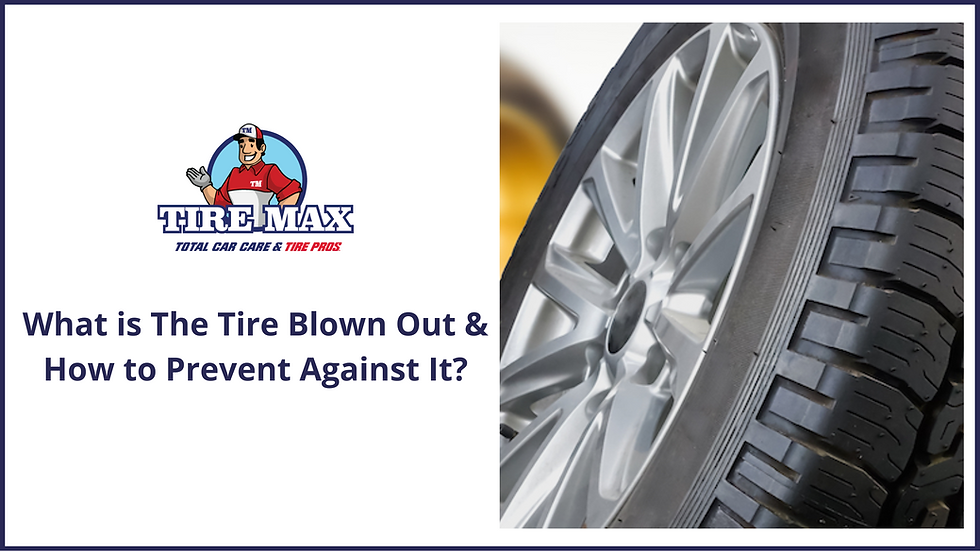- Oct 31, 2022
- 3 min read

A vehicle inspection is a process that helps ensure your vehicle is safe and legal to operate on public roads. Depending on your jurisdiction, inspections may be required at regular intervals (e.g., every two years) or when specific changes are made to your vehicle (e.g., a change of ownership).
Inspections typically involve visually examining your vehicle's major components, including the engine, transmission, brakes, tires, and emissions control system. The inspector at an auto repair shop in High Point, NC, may also test-drive your vehicle to check for any mechanical problems. So, if you're due for an inspection or are considering purchasing a used car, it's important to know what is included in a vehicle inspection. There are three vehicle inspections: an in-depth inspection, an insurance policy examination, and a 12-point check. So let's look at each of these in more detail.
In-Depth/Courtesy Inspection
Inspect typical components (such as lights, oil, and wiper blades). This is generally done during an oil change or tire replacement.
Insurance Policy Examination
Provinces require an inspection for most vehicles over ten years old to evaluate the dangers of keeping the vehicle on the road. The auto repair shop technician will look for any red flags that would make your vehicle uninsurable.
12-Point Inspection
A complete inspection of your automobile. During your 12-point vehicle inspection, NC state vehicle inspections will check the following:
Fluid Levels
The professionals will inspect all your fluid levels to verify that they are correct, including your brake fluid, anti-freeze, and windshield washer fluid.
Rotating and Balancing Tires
Tires should be rotated 5,000 miles to promote even wear. The professionals will also inspect your tires for damage and uneven wear.
Tire Wear and Tread Depth
They measure the tread depth of your tires to ensure they are within the legal limit. And also inspect for any cracks, punctures, or other damage.
Wheels Balanced and Aligned
The professionals will check to see if your wheels are balanced and aligned. This is important for proper tire wear and to prevent vibration while driving.
Wiper Blades
Wiper blades should be replaced every six months. The professionals will inspect your wiper blades for cracks, tears, or other damage.
Lights
All of your exterior lights and interior dome lights will be checked. This includes your headlights, taillights, brake lights, and turn signals. So if there's any chance a light is out, the professionals at auto repair near me will let you know.
Belts and Hoses
The technicians will check your belts and hoses to ensure they are in good condition and not leaking so that you don't have to worry about them breaking while you're driving.
Shocks and Struts
Shocks and struts help keep your ride smooth. The professionals will check for any leaks, cracks, or other damage.
Brakes
Professional brake repair will check your brakes for leaks, cracks, or other damage. They will also check the brake pads and rotors for wear. If any of your brakes are worn, they will need to be replaced to ensure your safety.
Battery
Batteries are the heart of your car. The professionals will check the battery for any corrosion or other damage. They will also test the battery to see if it holds a charge.
Timing Belt
The timing belt keeps your engine's valves and pistons in sync. If the timing belt snaps, it can induce major damage to your engine. The professionals will check the condition of your timing belt to ensure it is in good condition.
Cabin Filter
A cabin filter helps to keep the air in your car's cabin clean. The professionals will check the condition of your cabin filter and replace it if necessary.
Read here to learn the advantages of an oil change.
These were the three types of vehicle inspection. Each one is important to keep your car running smoothly and safely. So if you're due for an inspection, take your car to a professional auto repair shop. And if you are considering purchasing a used car, be sure to have it inspected before making the purchase.


